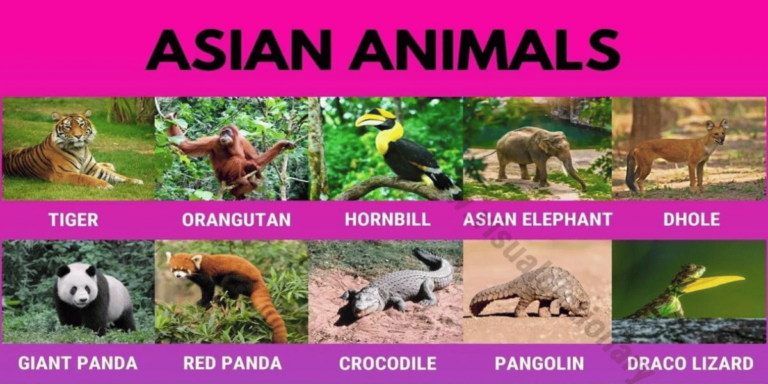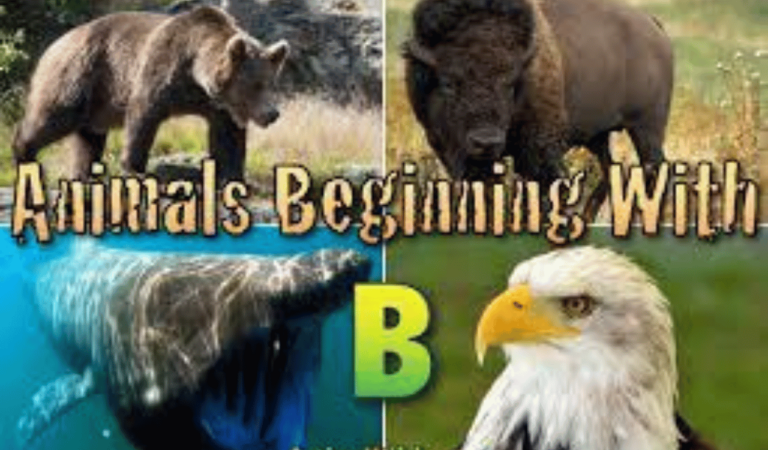Omnivore: List of Amazing Animals that Are Omnivores

We classify any creature capable of sustaining itself by consuming both plants and other animals as omnivores. Such animals require a combination of protein, fat, fiber, and carbohydrates to metabolize and utilize the nutrients obtained from this varied diet.
Omnivores
What Is an Omnivore?
Certain animals have a diet limited to plants, often favoring trees, while others prefer meat exclusively. Omnivores, however, have a diverse palate, consuming a range of materials including plants, animals, fungi, and even algae. Insects, such as ants, are also classified as omnivores, alongside birds, various mammals, and even reptiles. Humans, too, fall under the category of omnivores.
List of Omnivores
- Dogs
- Pigs
- Bears
- Raccoon
- Ostrich
- Robins
- Squirrels
- Groundhog
- Chipmunks
- Skunks
- Sugar Glider
- Box Turtles
- Hedgehogs
- Bearded Dragons
- White-footed Mouse
- Wild Boar
- Tapanuli Orangutans
- Long-Nosed Bandicoot
- Opossum
- Snapping Turtle
- Spider Monkey
- Brown Rat
- Eastern Fox Squirrel
- Western Gorilla
- Chimpanzees
Common Omnivore Animals | Facts & Pictures
Dogs
The first animals to be domesticated, dogs have been selectively bred over the years to create new breeds that we can cherish and enjoy. While they retain some of the instincts of their wild ancestors, wolves, they have been tamed by humans.
Dogs consume a variety of meats such as chicken, pork, veal, and beef. They also have a preference for foods with meat flavors but can also enjoy plant-based carbohydrates and grains. Certain fruits, including apples, oranges, kiwis, cranberries, strawberries, blackberries, and blueberries, can be a part of their diet. Non-harmful vegetables for dogs include broccoli, celery, spinach, pumpkin, potatoes, carrots, and green beans.

Pigs
Feral pigs are recognized for foraging for sustenance, consuming a variety of leaves, flowers, fruits, and any accessible food with their snouts. They are also capable of hunting other animals for nourishment.
Pigs are also known to consume insects and fish.
When it comes to domestically raised pigs, a significant portion of their diet comprises corn and soybeans.

Bears
This omnivorous creature has a diverse diet, including leaves, berries, roots, insects, fish, and meat. They particularly favor plants with fresh sprouts that are easier to digest and consume.
Bears can select food that is not just nutritious but also more easily digestible. They are known for their opportunistic feeding habits, making the most of whatever food is available to them.

Hedgehogs
another omnivorous species, have a preference for mushrooms, berries, watermelon, roots, and various insects. They are also known to consume bird eggs, snakes, toads, and snails, as well as slugs, caterpillars, millipedes, and worms.
Raccoons
These animals have an appetite for crayfish, frogs, mice, turtles, rabbits, muskrats, snails, clams, and fish. They are also fond of insects. Among plant-based foods, they enjoy berries, nuts, and fruits. Raccoons are skilled foragers, utilizing their highly sensitive sense of smell to locate nearby food.
Ostriches
As the largest bird in the world, ostriches can weigh over 140 kilograms. Surprisingly, they don’t limit themselves to plant-based diets, but also consume lizards, rodents, locusts, and snakes as part of their meat intake, alongside roots, seeds, and leaves.
Groundhogs
Also known as whistle pigs or land beavers, groundhogs primarily consume plants, supplementing their diet with insects and eggs. While they mostly dwell underground, they are capable climbers when escaping threats. Groundhogs are adept at burrowing and rely on plants or insects to replenish their energy.
Opossums
These creatures feed on a variety of items including dead animals, insects, birds, rodents, frogs, eggs, grains, plants, and fruits, making them omnivores. They are commonly found in the United States and Canada, exhibiting a hearty appetite, especially while nursing their offspring.
Bearded Dragons
These animals have an indiscriminate appetite, consuming anything small enough to fit into their mouths. Classified as omnivores, they lack the ability to regenerate lost limbs.
Spider Monkeys
Inhabitants of South America’s tropical rainforests, spider monkeys sustain themselves by consuming leaves, flowers, fruits, insects, eggs, and arachnids. They typically avoid ground level, preferring the safety of treetops away from potential threats and predators.
Chipmunks
These animals favor a diet of nuts, grains, fruits, seeds, and vegetables, occasionally supplementing with fungi, small birds, reptiles, or insects. Siberian chipmunks, found in Europe and Asia, boast a distinctive fur pattern. One of their notable abilities is the capacity to expand their cheeks to three times their size to store food.





